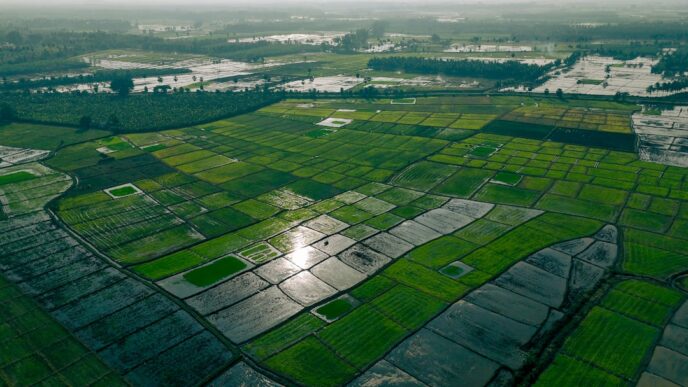Imagine a farmer in rural India struggling to secure a loan for seeds and fertilizers. In the past, she would have to navigate a web of intermediaries and meet stringent banking requirements. Today, digital platforms are reshaping the landscape of microfinance, providing her with access to funds at the click of a button. This evolution is not just a trend; it signifies a fundamental shift in how financial services are delivered in developing economies.
The rise of fintech companies has been instrumental in democratizing access to credit. Organizations such as Kiva and FINCA International are leveraging mobile technology to connect lenders with borrowers directly, effectively reducing transaction costs and eliminating the bureaucratic red tape that often hampers traditional lending. In regions where formal banking infrastructure is scarce, this innovation is a game changer.
Take, for instance, the case of Tala, a mobile lending platform operating in Kenya, Mexico, and the Philippines. By using data analytics, Tala assesses creditworthiness based on a borrower’s mobile phone usage patterns. This assessment method allows the company to issue loans in minutes, enabling individuals to quickly obtain the funds they need for their businesses, whether it’s a street vendor in Nairobi or a small-scale farmer in the Philippines.
However, the digital revolution in microfinance is not without its challenges. Many borrowers still lack digital literacy, which can create a barrier to entry. Additionally, concerns surrounding data privacy and security loom large. The very technology that empowers individuals can also leave them vulnerable to exploitation if not managed responsibly.
The struggle between innovation and regulation is evident as countries grapple with how to oversee this rapidly evolving sector. For instance, the Reserve Bank of India has implemented guidelines to ensure that fintech companies operate within a structured framework. While these regulations aim to protect consumers, they can also stifle innovation if not balanced appropriately.
Digital microfinance is also paving the way for new financial products tailored to the unique needs of underserved populations. With the introduction of peer-to-peer lending platforms, individuals can now lend money to their peers, earning interest while fostering a sense of community. This approach not only provides benefits to lenders but also creates a safety net for borrowers who may find traditional institutions wary of extending credit.
Moreover, the impact of digital microfinance extends beyond mere financial transactions; it empowers individuals to become entrepreneurs and contribute to local economies. A 2022 World Bank report noted that microfinance has helped lift millions out of poverty by enabling small businesses to flourish. This goes hand in hand with the broader movement towards financial inclusion, where marginalized groups are offered opportunities to improve their economic standing.
The future of microfinance rests on harnessing technology while ensuring that underserved communities can navigate this new terrain. As the sector matures, collaboration between fintech companies, governments, and NGOs will be crucial to create an ecosystem where innovation thrives without compromising consumer protection.
In essence, the digital transformation of microfinance holds the promise of not only bridging the credit gap in developing economies but also reshaping the very fabric of how communities engage with and benefit from financial services. As these digital waves continue to ripple outward, the legacy it creates will shape economic opportunities for generations to come.













